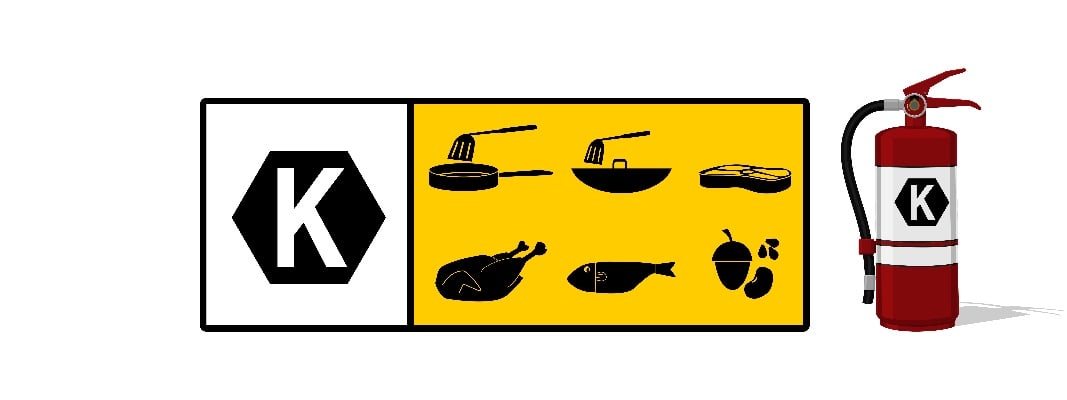class k fire examples
Fires ignited by oil burn especially. These types of fires involving cooking oils such as in deep-fat fryers.

What Is A Class K Fire Extinguisher Used For
They are one of the more dangerous fires to combat and.
. Both residential and commercial kitchens face Class K fire risks. Any fire that is caused by combustible metals is classified under the Class D type of fire. Some combustible metals that cause Class D fire are magnesium sodium titanium etc.
Saponification takes place when alkaline mixtures are applied to burning cooking oil or fat creating a soapy foam on the surface. Vegetable oils such as safflower corn. Combustion happens as the gasoline most commonly a fossil fuel reacts with the oxygen in the air to create heat.
Class K fire extinguishers specifically use extinguishing agents that separate and absorb the heat elements of the firethe fuel heat and. Once a metal ignites do. Such as Carbon dioxide.
Plenty more examples. Oils fats and kitchen greases can cause Class K fires. Youll get your first 30-days free of charge and youll be able to cash in on the rewards.
Olive Oil Vegetable oils such as safflower corn and canola Butter Lard Bacon grease Margarine Most class K. Class A fires are defined as ordinary combustibles. Below are examples of commonly used cooking oils.
These types are fires use commonly flammable material as their fuel source. Trash fires are one such example. Class K fire extinguishers work by saponification.
Class K fire extinguishers use wet chemicals to stop the spread of the fire and reduce itThe chemicals used here are potassium acetate potassium carbonate or potassium citrate type. Fires in cooking appliances that. Class K fires are naturally of concern in the food service and restaurant industry.
Magnesium and Titanium are the most common types of metal fires. Selecting the Right Fire Extinguisher. The 5 Classes of Fire USA Class A.
Greases cooking oils vegetable fat and animal fat are all fuel sources found in Class K fires. Class F Fires Class K Fires The areas use F or K for the class of fire. Class K fires arise from flammable liquids used for cooking like vegetable and animal fat-based oils and greases.
Class A Fire Class A fires are. A class K fire extinguisher should also be used in conjunction with a fire suppression system. Class K fires grow at a rapid pace when liquids and material such as cooking oils cooking grease animal fats and vegetable fats serve as the fuel source.
Class D Class D Fires are combustible metal fires. 6 Class K Fire. Wood fabric paper trash and plastics are common.
A Class K fire extinguisher uses a fine wet mist consisting of an alkaline mixture such as potassium acetate potassium carbonate or potassium citrate that forms a soapy foam as it is. Flammable Liquids and Gases.
Types Of Fires And How To Put Them Out

Fire Extinguisher Placement Guide Nfpa
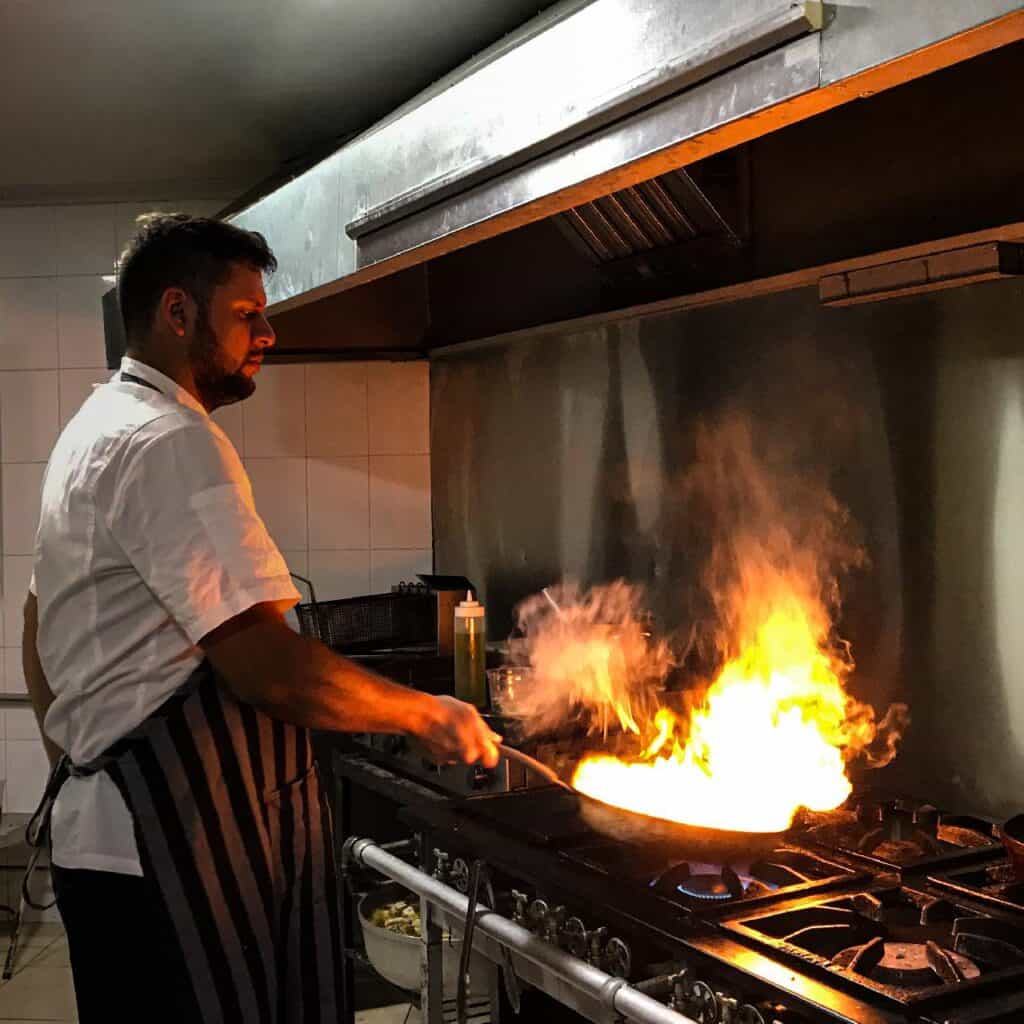
What Type Of Fire Can Be Put Out Safely With Water
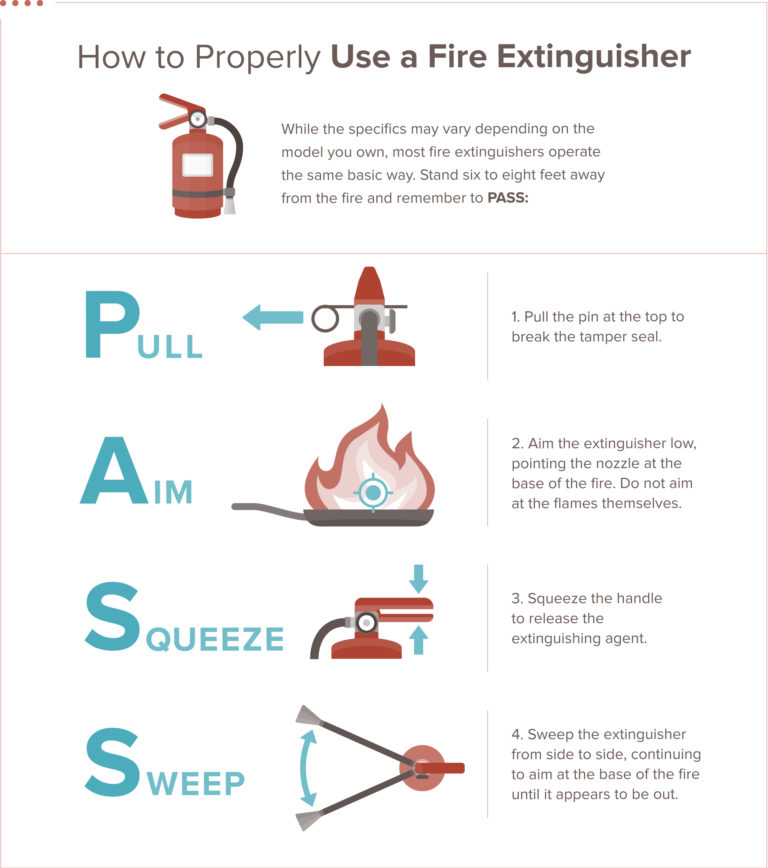
Best Fire Extinguishers Of 2022 Safewise
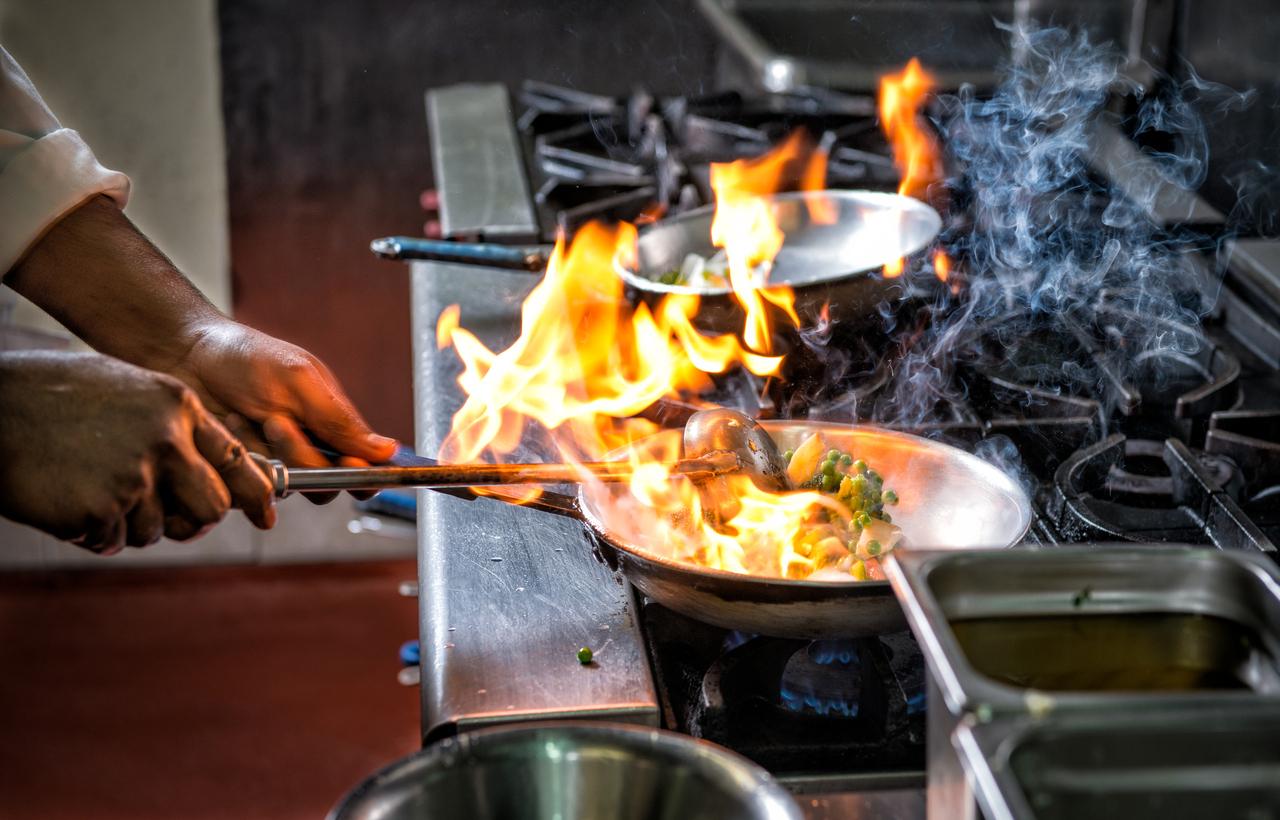
Class F Fire Explained City Fire Protection
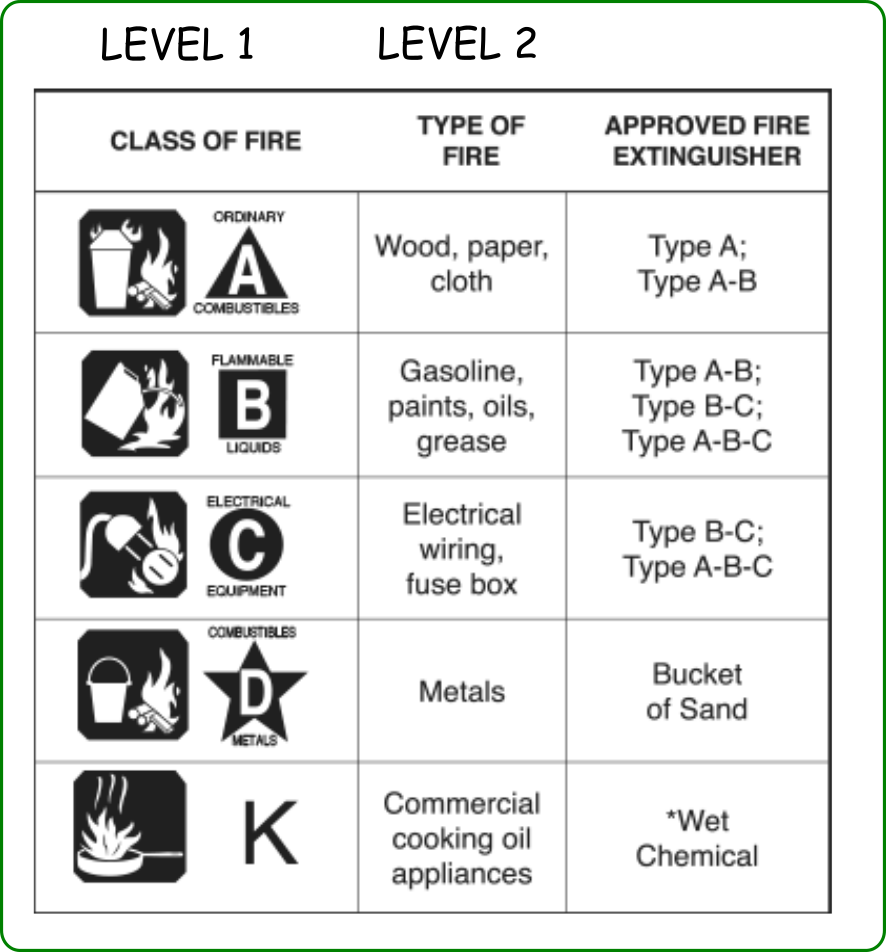
What Constitutes A Good Risk Taxonomy Open Risk
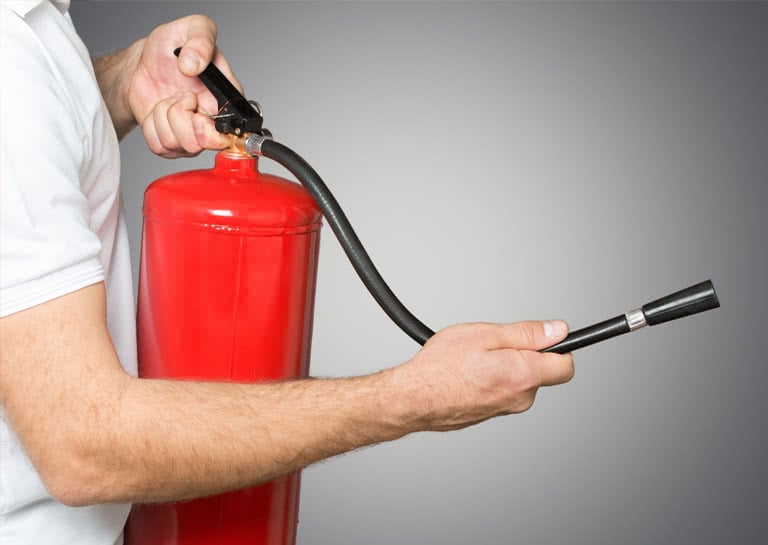
Guide To Fire Extinguisher Sizes Types Ratings
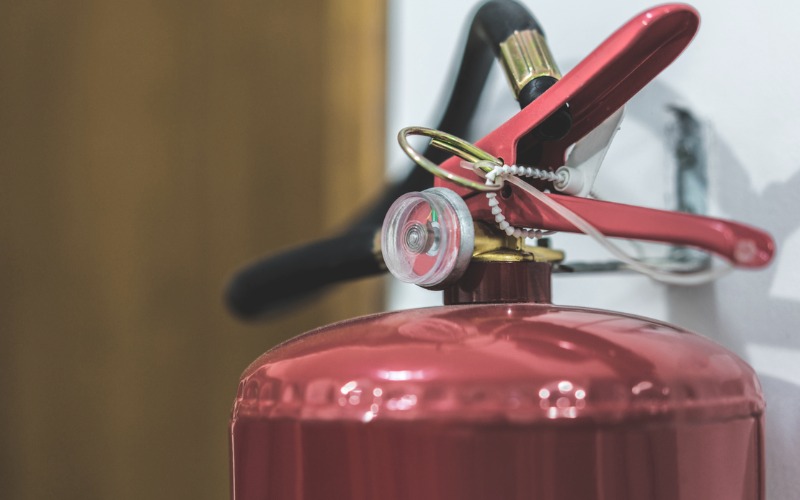
Best Fire Extinguishers Of 2022 Safewise
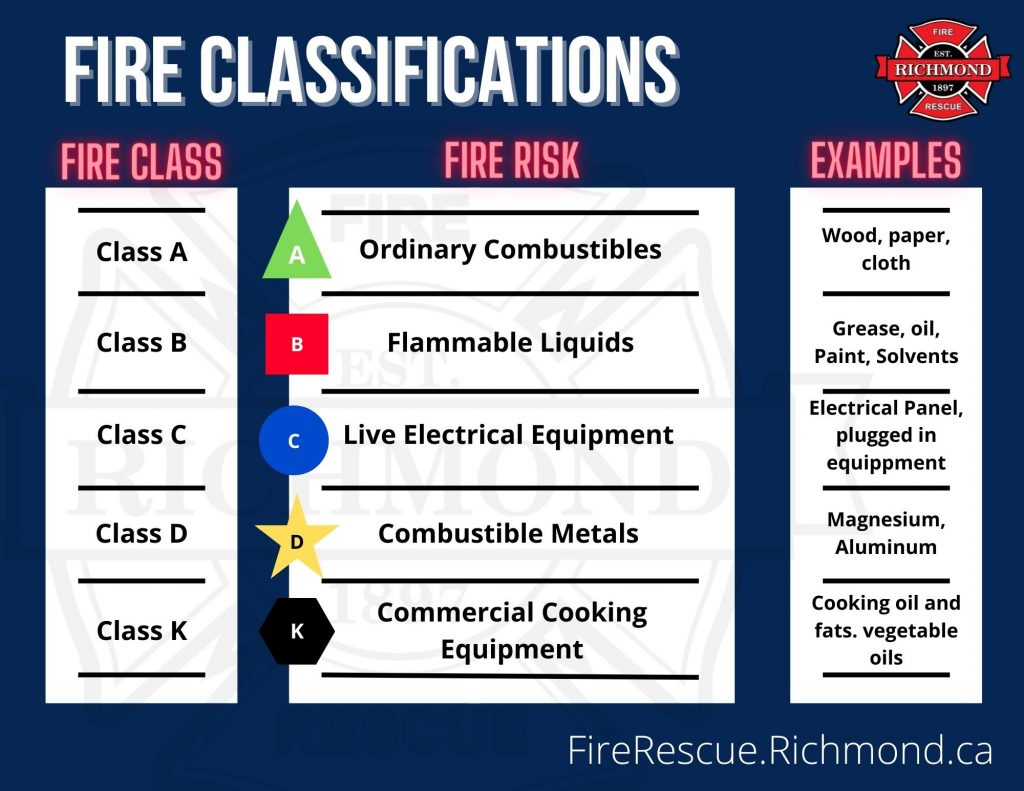
Fire Extinguishers Richmond Fire Rescue

Orange County Fire Protection How To Prevent Fires From Occurring

Fire Extinguisher Placement Guide Nfpa

California Lutheran University Fire Extinguisher Training Ppt Download
What Is A Class K Fire Extinguisher Used For

Fire Extinguisher Placement Guide Nfpa

Portable Fire Extinguisher Types And Maintenance Grainger Knowhow
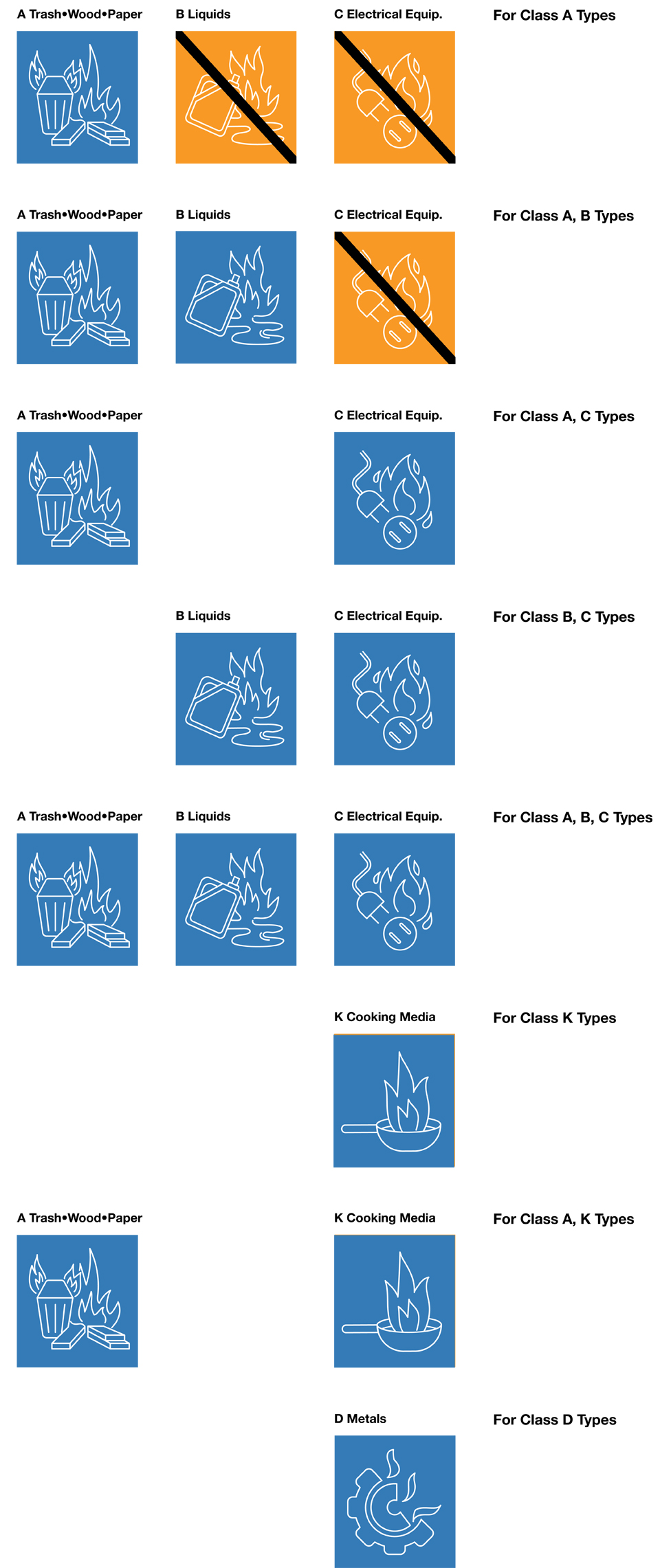
Portable Fire Extinguisher Types And Maintenance Grainger Knowhow

